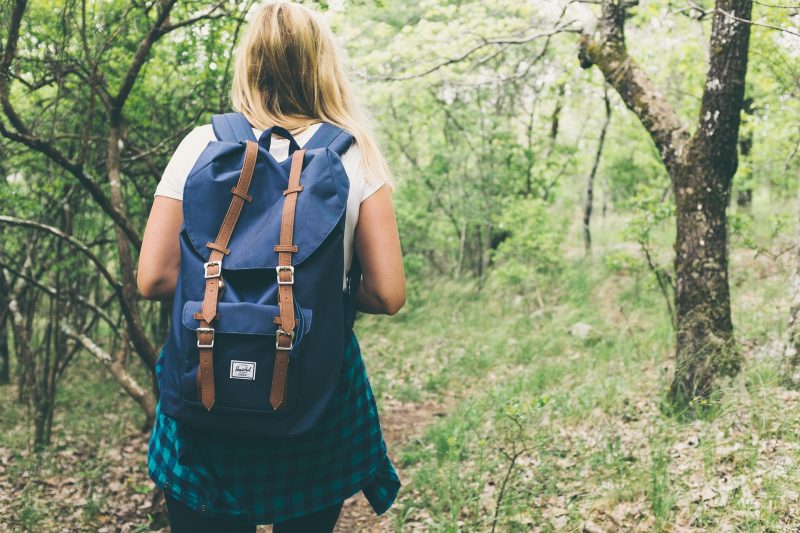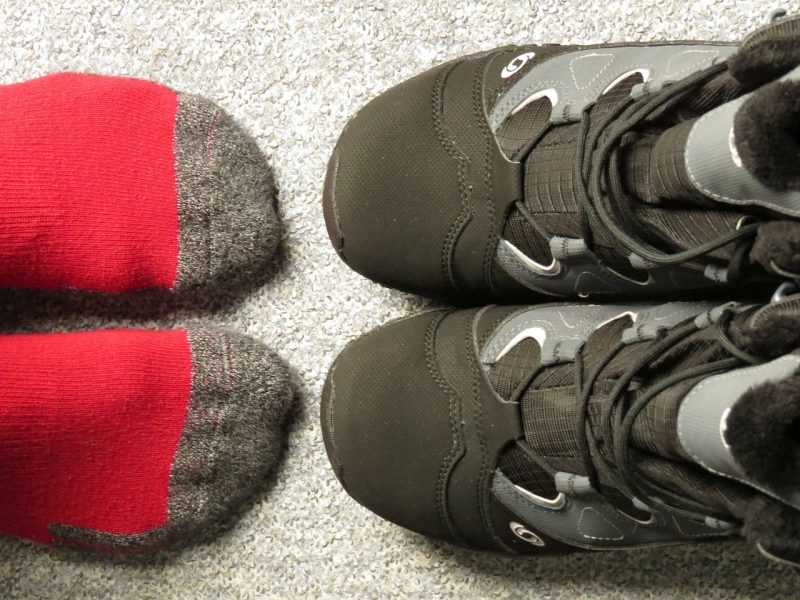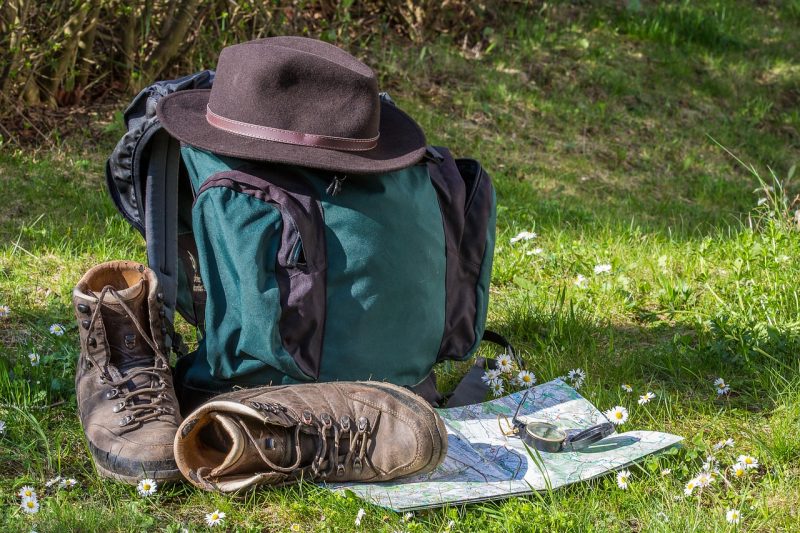The clothes we all should have in our bug out bags
There are many different disaster scenarios that could happen, but if there’s one thing that they all share in common, it’s that they can and will happen when we least expect them to. We have no idea what time of year or even what time of day when disasters will strike, but one thing that you can predict is the environment that you will be in.
When packing your bug out bag, you need to have enough gear to last you for a minimum of three days or 72 hours. When you need to leave your home, your bug out bag is what you grab, so make sure it is always ready to go. It must contain essential clothing items that will help you to survive your environment. If you live in a cold environment, for example, then you would be wise to pack warm clothing.
We will now discuss the different types of clothes that you will need to include in your bug out bag.
Jacket, shirt, and pants
It’s pretty simple, you absolutely must have spare, dry clothing in your bug out bag that can replace the clothes you are currently wearing.

This means, without exception, including an extra pair of pants, a jacket (a light fleece jacket will do), as well as a T-shirt. When the clothes that you have on become torn or dirty in a disaster situation, you can then use the spares in your bug out bag as a simple replacement. Keep in mind that your spare clothes can also be used for medical/first aid purposes, such as for fashioning tourniquets, slings, or tying splints to broken limbs.
A good coat
No, a simple light fleece jacket does not count here. We are talking about a warm and heavy duty coat that will serve you as your shell layer in a cold environment and is able to resist ice, snow, and wind effectively. The purpose of having a heavy duty coat is not exactly to keep you warm (that’s why you wear an insulation layer such as fleece or wool beneath it), but instead to keep you safely protected the wind and rain.
If your bug out bag is too small to hold an entire coat, then you will need to tie your coat to the outside of it. But don’t let this deter you from not including it. A heavy duty jacket is essential for any kind of cold conditions and will keep you alive. At the very least, you will be able to use out as a pillow!
Shoes and socks
Shoes are more difficult to pack into your bug out bag than the rest of the clothes we are discussing, because they are bulkier. But as with your coat, if you are not able to stuff them into the bag itself then you can least them to the outside instead.
The best types of shoes to include are a solid pair of boots or hiking shoes that provide you with just the right combo of comfort, support, and suitable traction over wet environments. You are going to be doing a lot of walking while bugging out and that means your shoes can and will wear down over the course of time, so high quality cannot be sacrificed.

In addition, many outdoors people would suggest that you include snowshoes with your bug out bag as well for snowy survival scenarios in the winter, but obviously, snowshoes will be very bulky. You can, by all means, include a pair if you want, but as an alternative, you can just keep a pair of snowshoes in your vehicle and then fashion your own DIY snowshoes out of stout sticks.
An extra pair of socks (or multiple pairs) are some of the most important clothing items that you can have in your survival kit or bug out bag period. If you walk around in damp socks long enough, this will result in gangrene/trench foot, which would be devastating in a survival scenario. Plan on including a minimum of two extra pairs of socks in your bug out bag. Warm your used or wet socks over a fire.
Gloves and hats
You can try and keep your hands warm by keeping them in your pockets while you walk, but the simplest method to prevent frostbite on your hands is just to use gloves. Specifically invest in durable, working or hunting gloves, which will provide protection, for example if you need to build a shelter. Even a minor injury can quickly become a major problem if it gets infected.

As for your hat, the best option will often be one woven out of a warm and comfortable material with lots of insulation. Fleece or wool are both excellent examples. However, if you are in a hot environment then a hat that provides protection from the sun is invaluable.
If you have any comments then please drop us a message on our Outdoor Revival Facebook page
If you have a good story to tell or blog let us know about it on our FB page, we’re also happy for article or review submissions, we’d love to hear from you.
We live in a beautiful world, get out there and enjoy it. Outdoor Revival – Reconnecting us all with the Outdoors.





